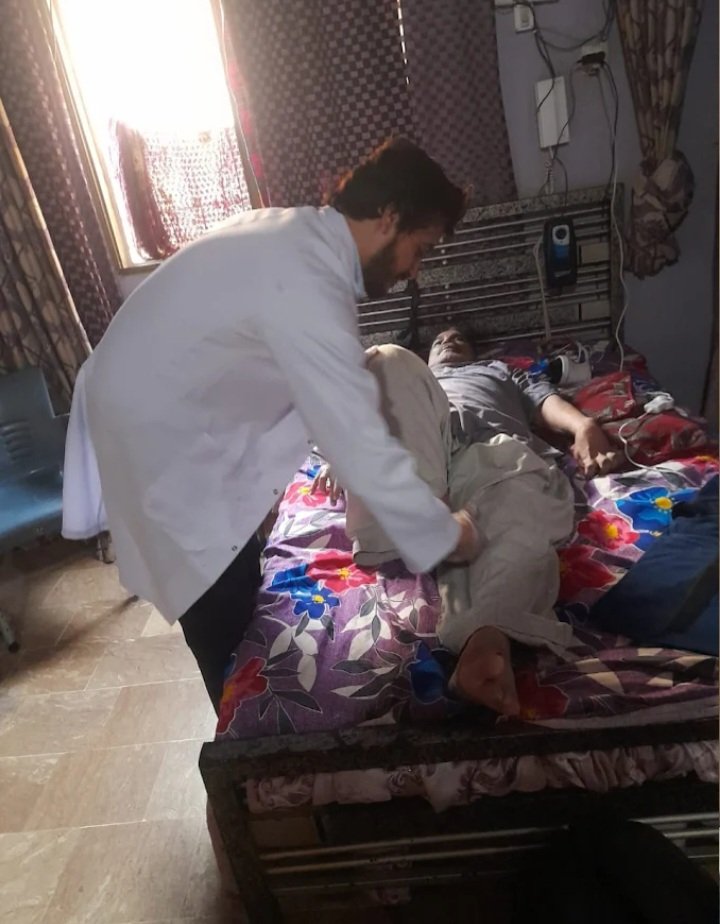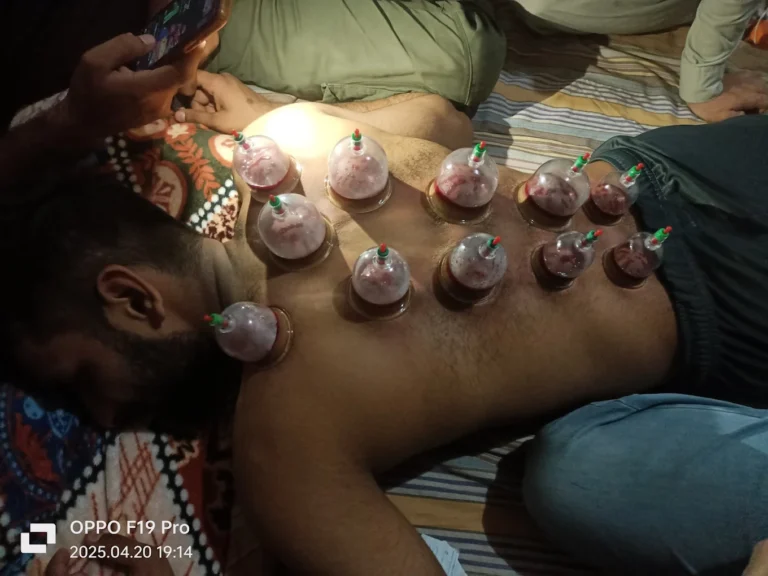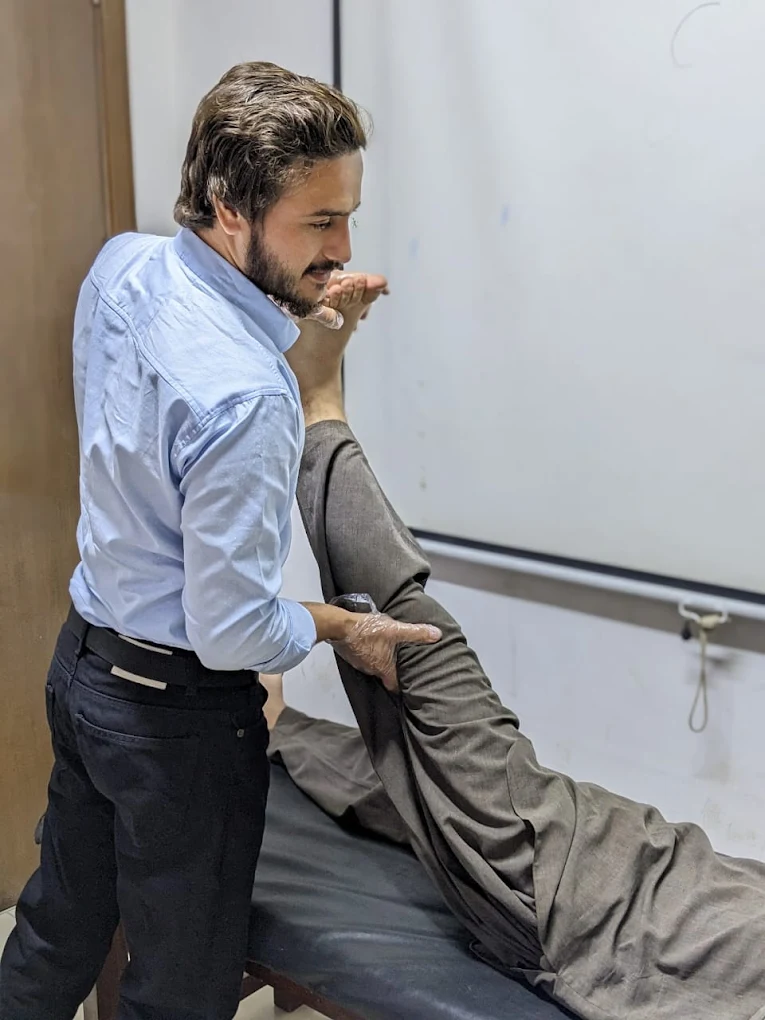
Stroke physiotherapy home service;
Stroke Physiotherapy: Your Path to Regaining Strength, Mobility, and Independence*
Recovering from a stroke can feel overwhelming, but you’re not alone. With the right physiotherapy plan, many survivors regain mobility, reduce pain, and reclaim their independence. This guide explores how tailored physiotherapy can accelerate your recovery—whether you’re in the early stages or years post-stroke.
Why Physiotherapy is Essential After a Stroke
A stroke often disrupts brain-to-muscle communication, leading to weakness, balance issues, or paralysis. Physiotherapy helps rewire your brain (neuroplasticity) through targeted exercises, restoring movement and preventing complications like muscle stiffness or falls .
Key benefits:
- Restores mobility: Relearn walking, standing, and daily tasks .
- Reduces pain: Eases muscle spasms and joint stiffness .
- Boosts confidence: Regaining function improves mental health and independence .
What to Expect in Stroke Physiotherapy
1. Early Rehabilitation (First 48 Hours–Weeks)
Therapy often starts within 24–48 hours of a stroke if medically safe. Early focus includes:
- Passive movements: Therapists gently move your limbs to prevent stiffness .
- Bed-to-chair transitions: Prepares you for sitting and standing .
- Breathing exercises: Maintains lung health if mobility is limited .
Pro Tip: Early intervention can significantly improve long-term outcomes by leveraging neuroplasticity .
2. Intensive Recovery (Weeks–Months)
As you stabilize, therapy becomes more active:
- Strength training: Resistance bands or weights rebuild muscle .
- Balance and gait training: Uses parallel bars, treadmills, or robotic aids to relearn walking .
- Constraint-Induced Movement Therapy (CIMT): Restricts your unaffected side to force use of weakened limbs .
Advanced clinics may use robotic exoskeletons or virtual reality to enhance precision and motivation .
3. Long-Term Maintenance (Months–Years)
Even after formal therapy ends, home exercises are critical:
- Daily drills: Squats, seated marches, or arm lifts to maintain progress .
- Task-specific practice: Mimic real-life activities like climbing stairs or holding utensils .
5 Evidence-Based Techniques to Try at Home
(Always consult your therapist before starting new exercises.)
- Seated Knee Lifts
- Strengthens hips and core. Sit tall, lift one knee at a time, and hold for 5 seconds .
- Table Towel Slides
- Place a towel on a table, slide your hand forward/backward to improve arm coordination .
- Standing Weight Shifts
- Hold a chair, shift weight side-to-side to improve balance .
- Mirror Therapy
- Use a mirror to “trick” your brain into moving an affected limb .
- Mental Practice
- Visualize movements (e.g., walking) to activate neural pathways .
How to Choose the Right Physiotherapy Center
Look for clinics with:
- Neurorehabilitation specialists: Expertise in stroke-specific challenges .
- Personalized plans: Tailored to your goals (e.g., returning to work or hobbies) .
- Technology integration: Robotics, electrical stimulation, or aquatic therapy .
Your Recovery Journey Starts Now
Stroke recovery is a marathon, not a sprint. Whether you’re exploring therapy options or seeking home exercises, consistency is key. Book a consultation with Dr Aleem physiotherapist today at your home to build a plan that fits your needs.
“Every small step in therapy is a victory. Celebrate your progress—you’ve earned it.”
Need guidance? Contact Dr Aleem Physiotherapy home service(03283600638) personalized assessment and exercises.




